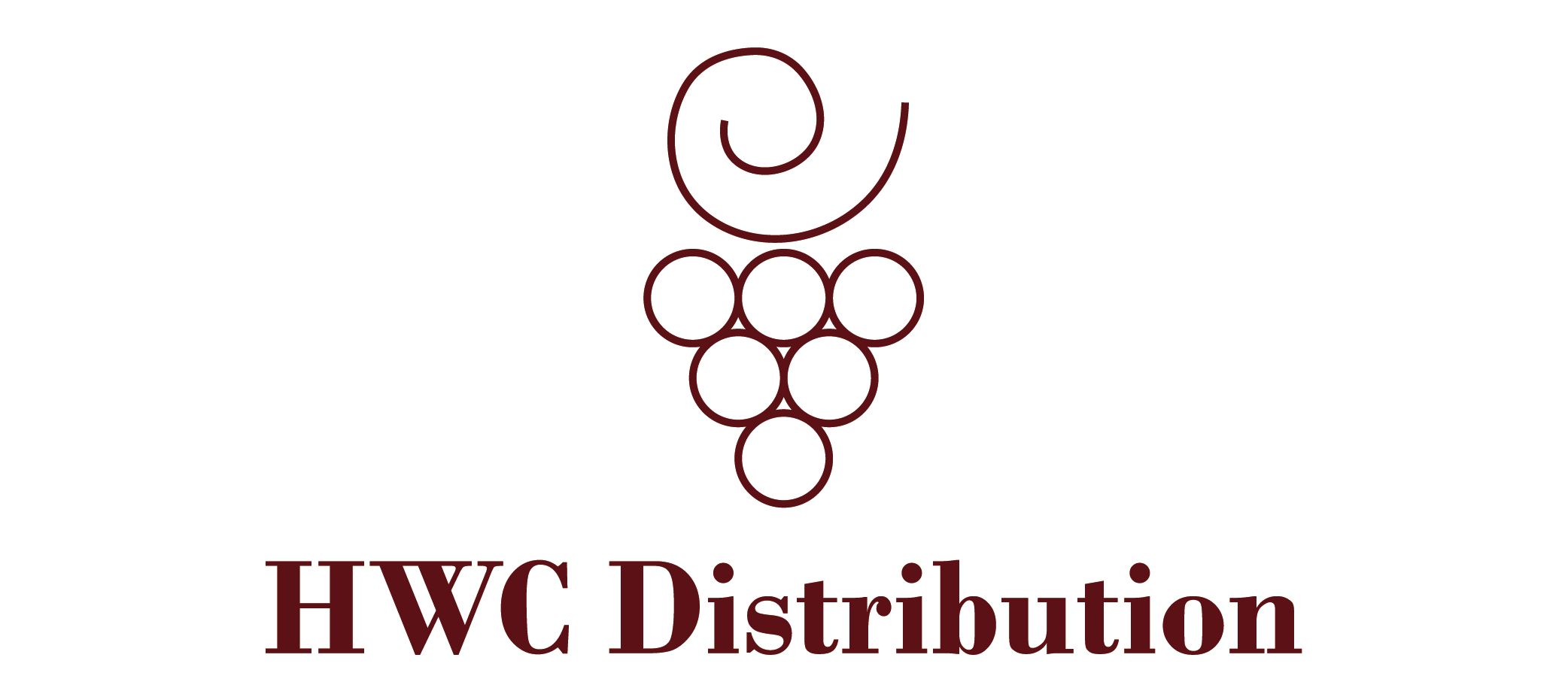Non-alcoholic wines have been gaining in popularity over the last few years due to the increasing interest in health and wellness. Many wine lovers are turning to these lower-alcohol alternatives as an alternative to traditional wine with higher alcohol by volume levels (ABV).

This shift in consumer preference has encouraged producers and retailers of alcoholic beverages to embrace this trend, contributing to a wider variety of non-alcoholic wines now being produced than ever before. In this blog post, we will explore how non-alcoholic wines are changing the wine industry, from retailers’ roles to production methods, and customer tastes.

Retailers have responded quickly to the growing demand for non-alcoholic wines by adding them to their shelves alongside more traditional options. Offering a wide selection of alcohol free and low-ABV wines can help supermarkets, shops, and restaurants attract new customers who may be seeking out healthier options when it comes to drinking.
More restaurants are also offering non-alcoholic pairings on their menus as well as creating full courses that feature these choices in order to make everyone at the table feel included regardless of their preferences when it comes to beverages.
As interest in these drinks continues to rise, winemakers are taking notice and utilizing new technologies for their own vinification processes. This is allowing producers of non-alcoholic wines to create more consistent flavors as well as varying levels of tannins and sweetness that can be tailored towards individual customer desires.

Winemakers can also use various techniques such as filtration or fermentation arrest during production—which stops fermentation before all of the sugar turns into alcohol—to reduce ABV levels while still preserving quality flavor profiles.
Non Alcoholic wine consumption is already having an impact on consumer spending habits too; according Nielsen figures show that sales of low/non-alcohol beers, cider and wine were up 20% year on year in 2020 (compared with 2019). Millennials appear especially attracted by these options according to current market research data given that many of them prioritize health benefits over taste when making decisions about what alcoholic beverage they should consume. As a result, younger consumers are helping drive this industry shift from solely high ABV beverages towards more balanced product offerings overall.

Overall, non alcoholic wines have made it easier for people at any age or lifestyle stage to enjoy social gatherings without worrying about excessive alcohol intake. Although traditional fermented grape juices will always be popular amongst those looking for bold flavors and complex aromas from their favorite bottles of wine, there is no doubt that nonalcoholic varieties offer a great deal more versatility than ever before—Non-alcoholic Wines could easily find room on any modern restaurant list or store shelf today!

With so much potential for growth within this particular sector alone (global sales estimated at $6 billion USD by 2023), it's clear that non alcoholic wine production isn't slowing down anytime soon; leaving us with nothing else but wonder at just how far this trend will take us in terms of innovation and customer satisfaction!



